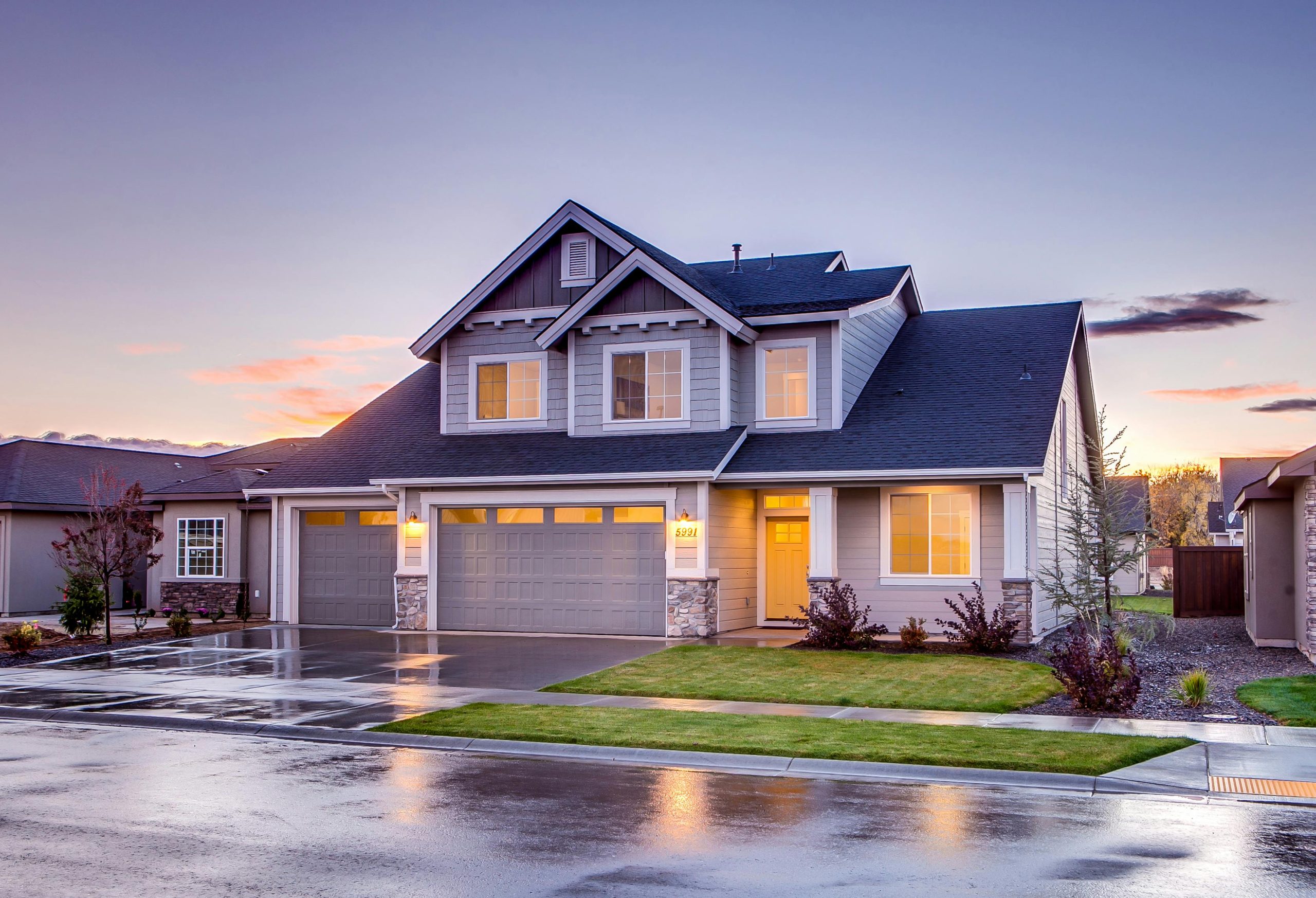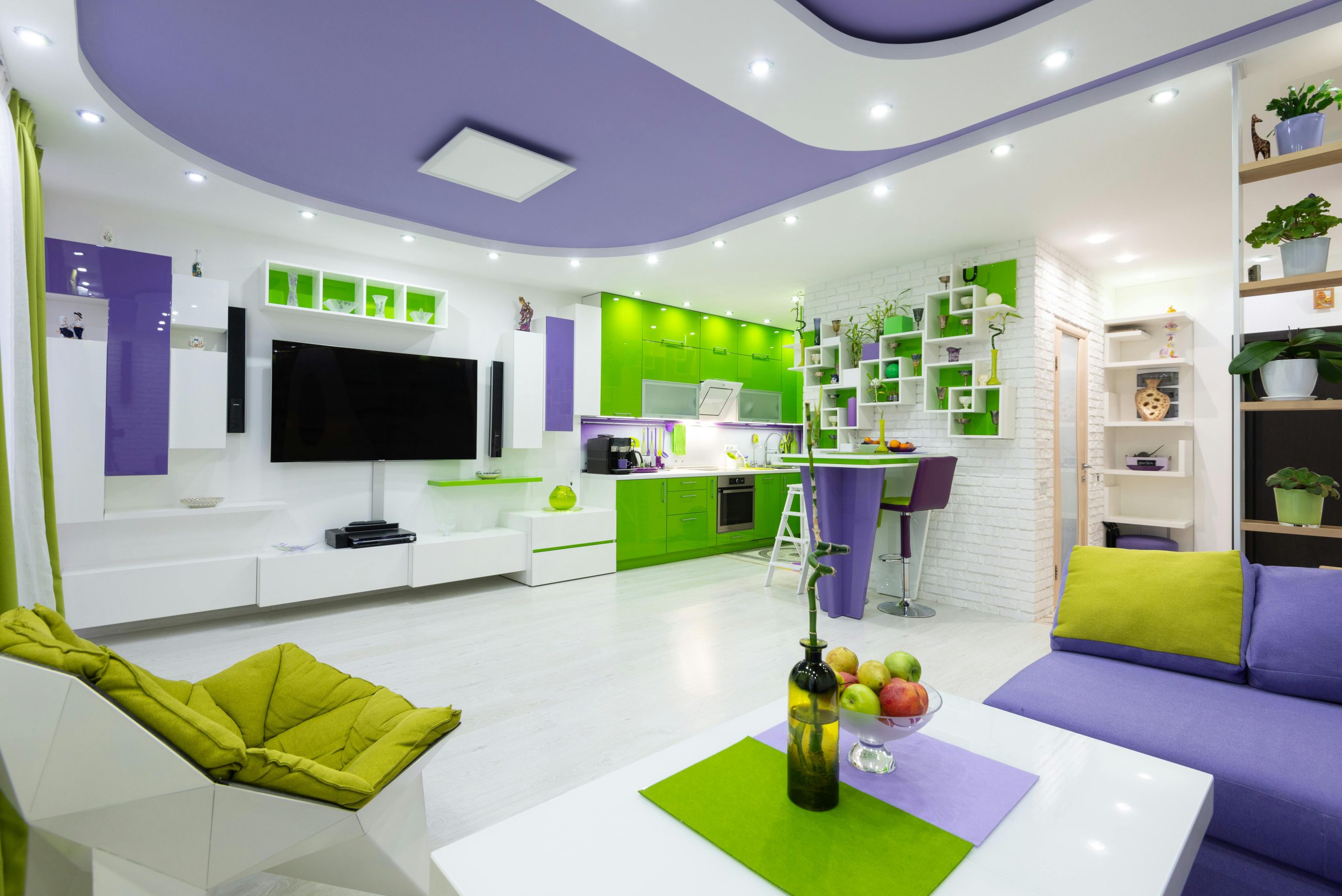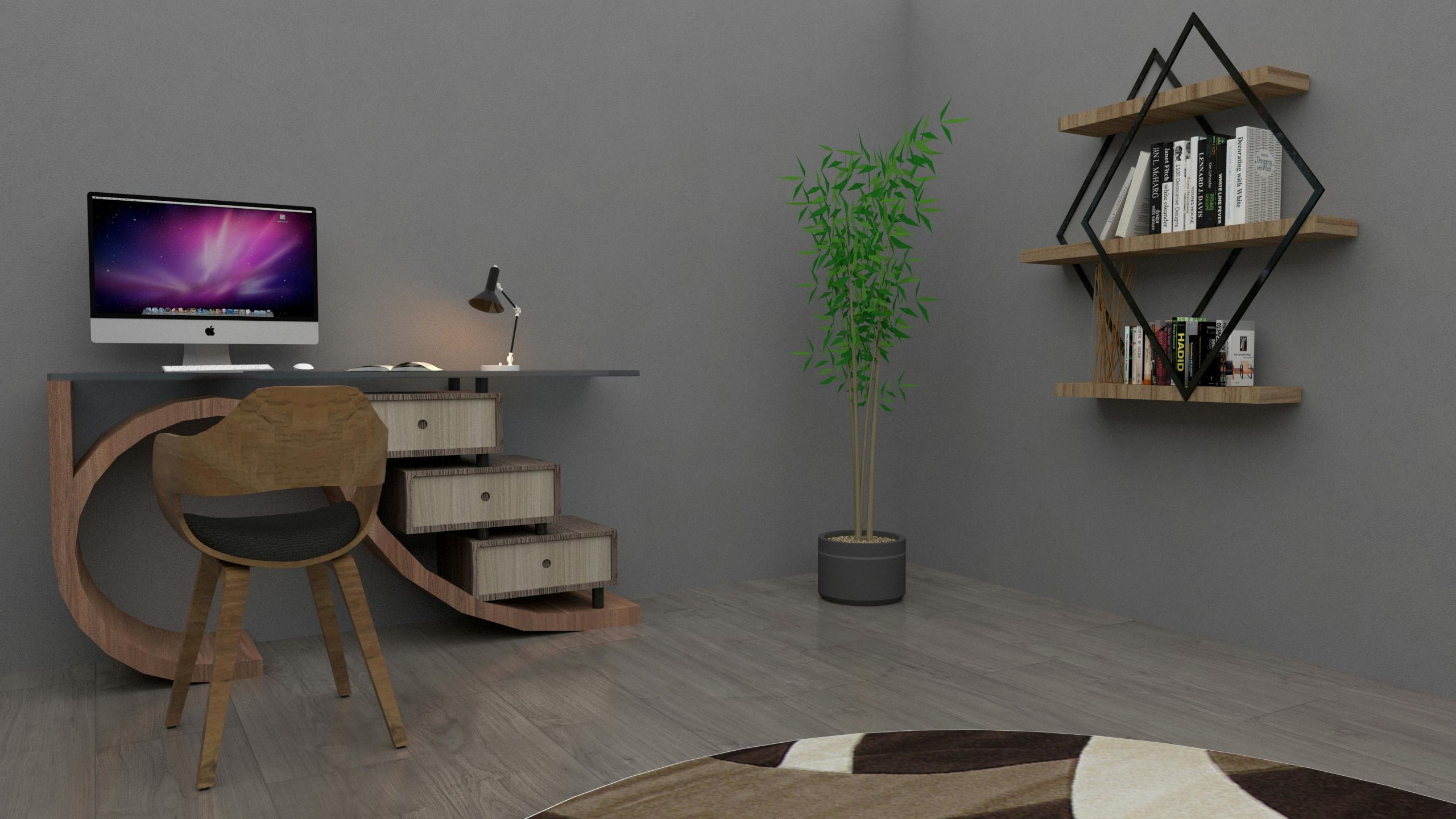Home Design Tips to Lead an Eco-friendlier Life
Sustainability is a much-talked about topic these days. Whether it’s fashion, interior design or the choices we make in general, sustainability is becoming increasingly important. When we design our homes keeping sustainability in mind, we don’t just reduce our environmental impact but also help in preserving natural resources for future generations. One of the biggest investments we make in our lifetime is buying a home. The decisions we make during the planning and design process not just impact the durability and longevity but also the sustainability aspect in general.
Most decoration and design courses also have sustainable interior design as a separate topic in their curriculum.
Sustainable House
A sustainable house is a home that has a negligible impact on the environment. It minimises the use of non-renewable sources like energy and maximises the potential of a building through passive design. It’s about using sustainable materials and products that will positively impact future generations. Sustainability is not just beneficial for the environment but for the inhabitants of the home as well. Most interior designers these days emphasise on creating super-efficient houses. Those that will stand the test of time.
5 Design Ideas to Build a Sustainable Home
Contrary to what people think, sustainable interior design is more than just adding indoor plants and ensuring natural light within your home. It involves opting for an energy-efficient design and choosing the right furnishings. If you’re looking at bringing your residential project to life with sustainable practices, here’s what you should be doing:
Hire a Sustainable Interior Designer
The first step is to hire an interior designer who is proficient in eco-friendly design. Though any interior designer can help you create a green abode, it’s always better to hire someone who specialises in it. This way, you can be assured of the end result. Sustainable interior designers are usually fully up-to-date on eco-friendly practices. Look for someone who has completed a BSc in Interior Designing course. They’re more likely to understand the art and science of designing a home. They can help you choose fixtures, furnishings, appliances and more. With so much choice available these days, it can be quite confusing. When an interior designer steps in, they assess your requirements and create a plan best suited for your space.
Include Energy-Efficient Design
Whether you’re building a new home or remodelling, it all starts with the basics that is construction. Make sure your interior designer suggests architecture and design that minimises energy consumption. You can start by reducing the need for heating and lighting. There are two ways to achieve this. First is by ensuring the entire structure is designed innovatively, and second is by insulating windows, carpets, curtains and walls with a lighter colour scheme. When you’re looking for wall finishes, choose earthy tones that minimise the need for heating and air-conditioning.
Install Energy-Efficient Appliances
An important aspect you must keep in mind when you’re building a sustainable home is installing energy star-rated appliances. These star labels are issued by the Bureau of Energy Efficiency (BEE). You will usually see this sticker on all home appliances – refrigerators, air conditioners, dishwashers, televisions, washing machines, etc. It’s a pale yellow and red label that reads “power savings guide”. An appliance with five stars is more energy efficient than an appliance with two stars. Although the initial cost of the appliance will be higher, the environmental benefits make them a smart investment. It will consume less electricity to run which will lead to lower utility bills.
Find Low-Impact Interior Design Materials
Sometimes, it can be really hard to tell the difference between sustainable and non-sustainable materials. For example, a lot of interior designers must suggest cotton as it is a natural fiber. However, did you know, the environmental cost of manufacturing cotton is pretty high. As per studies, it takes 18,000L of water to produce a pair of jeans. Think again, is cotton really sustainable? Well, no! If you’re really keen on cotton furnishings, choose recycled cotton as it uses less water and energy to produce.
Other materials which are environmentally-friendly and have a low-carbon footprint include bamboo, rattan, natural stone, and reclaimed wood and glass. These materials are not just eco-friendly but also look good and enhance a home’s aesthetic.
Install Rainwater Harvesting Systems
Why let rainwater go to waste when you can harvest it? A rainwater harvesting system can be a value addition to a sustainable home. The best thing to do is to install roof gutters. They usually direct the water to a tank for reuse. Rainwater can also be used for drinking if it is filtered and purified. A rainwater system can also reduce reliance on municipal water supplies. Rainwater can be used for watering plants, cleaning, pet care and showing. Sustainable homes these days are usually installed with smart technology so that water can be dealt with in a better way.
Conclusion
There are many ways to build a sustainable home and switch to an eco-friendly way of living. These are just a few of the methods. Consumers who are environmentally conscious even grow their own food and use only sustainable products. Even if your home is not sustainable, you can take small steps and incorporate décor in your home that gives it a sustainable look and feel.




